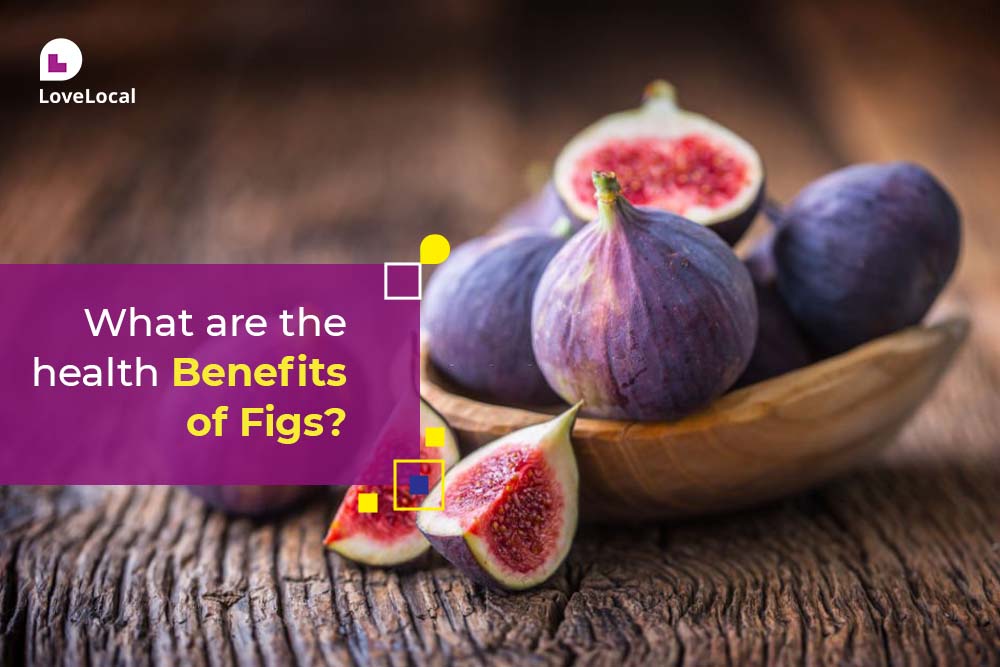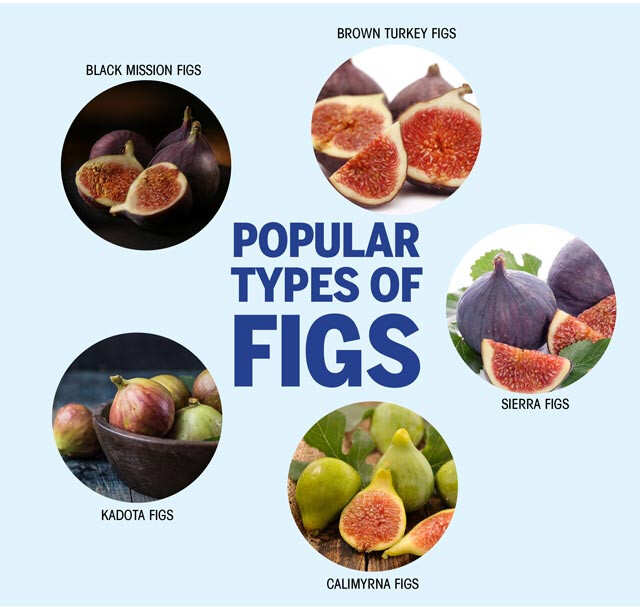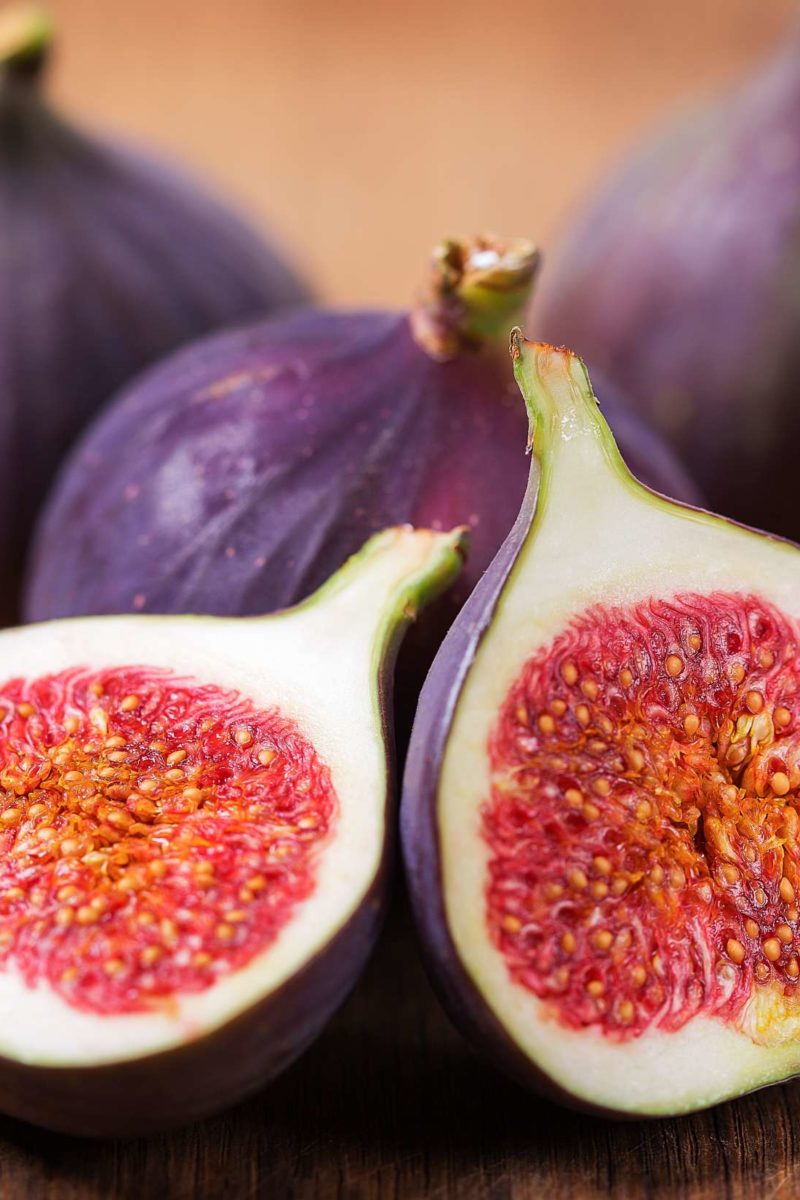An Overview of Figs and Their Nutritional Profile
Figs, the delectable fruit of the Ficus carica tree, have been cherished for centuries for their unique taste and impressive nutritional profile. Native to the Mediterranean region, these small, round, or oblong-shaped fruits are available in various types, including the common Black Mission, Brown Turkey, and Calimyrna figs. Seasonally, figs grace supermarket shelves and farmer’s markets from early summer to fall, depending on the region.
Rich in essential vitamins, minerals, and antioxidants, figs offer a myriad of health benefits. A 3.5-ounce serving of fresh figs provides approximately 15% of the daily recommended intake of dietary fiber, making figs a valuable addition to a well-balanced diet. Furthermore, figs contain vitamin A, vitamin C, vitamin K, and several B-vitamins, as well as minerals such as calcium, magnesium, potassium, and iron. The fruit’s antioxidant properties, attributed to phenolic compounds, contribute to overall health and well-being.
The Marvelous Benefits of Figs: A Closer Look
Figs have long been celebrated for their numerous health advantages, making them a popular choice for those seeking to enhance their overall well-being. Rich in dietary fiber, figs aid in digestion and promote regular bowel movements, thereby reducing the risk of constipation and related gastrointestinal issues. Moreover, the fiber content in figs contributes to satiety, helping manage weight and maintain a healthy body mass index.
Figs also play a crucial role in regulating blood sugar levels, thanks to their natural fructose and glucose content. The fiber in figs slows down the absorption of sugar in the bloodstream, preventing spikes and crashes in blood sugar levels. Consequently, figs are an excellent option for individuals with diabetes or those looking to maintain stable blood sugar levels.
The fruit’s mineral content, particularly calcium, magnesium, and potassium, contributes to bone health. Calcium and magnesium are essential for maintaining strong bones and teeth, while potassium aids in preventing bone loss and osteoporosis. Additionally, figs contain antioxidants such as vitamin A, vitamin C, and polyphenols, which combat oxidative stress and inflammation, further supporting bone health.
Furthermore, figs have been linked to improved cardiovascular health due to their fiber, potassium, and antioxidant content. These nutrients work together to lower cholesterol, reduce blood pressure, and prevent plaque buildup in the arteries, thereby decreasing the risk of heart disease and stroke.
How to Incorporate Figs into Your Daily Diet
Integrating figs into your daily diet is a delightful and nutritious endeavor. Fresh or dried, figs can be incorporated into various dishes, from breakfast to dessert, and even in savory meals. Here are some creative and practical ways to consume figs:
- Breakfast: Add sliced fresh figs to your morning oatmeal, yogurt, or granola for a burst of natural sweetness and added fiber.
- Salads: Incorporate dried figs into your favorite salad recipes for a delightful contrast in texture and flavor. Pair with goat cheese, walnuts, and arugula for a sophisticated and well-rounded salad.
- Cheese plates: Serve fresh figs alongside a variety of cheeses, such as brie, gorgonzola, or manchego, for a delectable and visually appealing appetizer.
- Baking: Replace other dried fruits with chopped dried figs in muffins, scones, or quick breads for a unique twist on classic recipes.
- Savory dishes: Incorporate figs into sauces, chutneys, or stuffing for meats, such as pork or chicken, for a surprising and delicious flavor combination.
When consuming figs, moderation and portion control are essential. While figs offer numerous health benefits, they also contain natural sugars. Enjoying them in moderation can help maintain a balanced diet and prevent potential gastrointestinal issues associated with overconsumption.
Potential Side Effects and Precautions of Fig Consumption
While figs offer numerous health benefits, it is essential to be aware of potential side effects and precautions associated with their consumption. By understanding these risks and taking appropriate measures, individuals can safely enjoy figs as part of a balanced diet.
Allergic Reactions
As with any food, some people may be allergic to figs. Allergic reactions can range from mild, such as itching or hives, to severe, including anaphylaxis. If you suspect a fig allergy, consult a healthcare professional for proper diagnosis and treatment.
Drug Interactions
Figs contain high levels of fiber, which can interfere with the absorption of certain medications, such as carbamazepine, a drug used to treat seizures. If you are taking medication, consult your healthcare provider to determine if fig consumption could impact its effectiveness.
Gastrointestinal Issues
Excessive consumption of figs can lead to gastrointestinal issues, such as bloating, gas, and diarrhea, due to their high fiber content. To avoid these issues, consume figs in moderation and be mindful of portion control.
Minimizing Risks
To minimize the risks associated with fig consumption, follow these guidelines:
- Introduce figs into your diet gradually to allow your body to adjust to the increased fiber intake.
- Drink plenty of water when consuming figs to aid in digestion and prevent constipation.
- Monitor your body’s reaction to figs and adjust your consumption accordingly.
- Consult a healthcare professional if you have any concerns about fig consumption, particularly if you have a history of allergies, gastrointestinal issues, or are taking medication.
Selecting and Storing Fresh Figs for Optimal Quality
Fresh figs are a seasonal delight, offering a unique taste and texture that can elevate any dish. To ensure you enjoy the freshest and most flavorful figs, follow these guidelines for selecting and storing your fruit.
Selecting Fresh Figs
When shopping for fresh figs, look for the following qualities:
- Appearance: Choose figs that are plump, tender, and free from bruises or blemishes. The skin should be smooth, with a slight sheen, and the fruit should feel heavy for its size.
- Color: Depending on the variety, fresh figs can range from pale green to deep purple. Regardless of color, ensure the fruit is not overly dull or faded, which may indicate a lack of freshness.
- Touch: Gently press the figs to ensure they are slightly soft, but not mushy. Fresh figs should have a slight give, similar to a ripe peach.
Storing Fresh Figs
Proper storage is crucial for maintaining the freshness and quality of your figs. Follow these steps to extend their shelf life:
- Refrigerate: Store fresh figs in the refrigerator, ideally in a crisper drawer, to maintain optimal humidity levels. Keep them away from strong-smelling foods to prevent absorption of unwanted flavors.
- Ripen at room temperature: If your figs are not yet ripe, place them in a single layer on a plate or tray at room temperature, away from direct sunlight. Check them daily for ripeness, as figs can go from underripe to overripe quickly.
- Do not wash until ready to eat: Rinse figs just before consuming to prevent moisture buildup, which can lead to mold and spoilage.
- Eat within a few days: Fresh figs are perishable and should be consumed within a few days of reaching peak ripeness. Discard any figs that show signs of spoilage, such as mold, sliminess, or an off smell.
The Role of Figs in Culinary and Cultural Traditions
Throughout history, figs have played a significant role in various culinary and cultural traditions. From ancient civilizations to modern-day cuisine, this versatile fruit has left an indelible mark on the world’s gastronomic landscape.
Ancient Cultures and Figs
Figs have been cultivated for thousands of years, with evidence suggesting their use as a food source dating back to 5000 BCE. Ancient civilizations, such as the Egyptians, Greeks, and Romans, held figs in high regard, using them not only as a food staple but also as a symbol of prosperity, fertility, and peace.
Figs in Mediterranean Cuisine
In Mediterranean countries like Italy, Spain, and Greece, figs are a cherished ingredient in both sweet and savory dishes. From fig-stuffed pastries and cakes to salads and meat dishes, the fruit’s unique sweetness and texture add depth and complexity to various recipes.
Middle Eastern and Asian Fig Delights
In the Middle East and Asia, figs are used in a myriad of ways, from traditional sweets like Turkish delight and Persian pastries to Indian and Pakistani dishes that incorporate dried figs in curries and stews. The fruit’s natural sweetness and high fiber content make it an ideal addition to these flavorful and nutritious dishes.
Preservation Techniques
Throughout history, various preservation techniques have been employed to extend the shelf life of figs and enhance their flavor profile. Drying, candying, and pickling are just a few methods that have allowed figs to be enjoyed year-round, long after their natural growing season has ended.
Folklore and Symbolism
Figs have long been associated with folklore and symbolism in various cultures. In ancient Greece, figs were believed to be a gift from the gods, while in some Middle Eastern and Asian traditions, the fruit is considered a symbol of wealth, abundance, and good fortune.
Comparing Figs to Other Dried Fruits: Nutritional Differences and Similarities
Dried fruits, such as figs, raisins, dates, and apricots, are popular choices for those seeking nutritious snacks and ingredients. While each fruit offers unique benefits, understanding their nutritional differences and similarities can help you make informed choices when incorporating them into your daily diet.
Figs vs. Raisins
Both figs and raisins are high in fiber, with figs providing approximately 2.9 grams per 100-gram serving and raisins offering 3.3 grams. However, raisins contain more sugar, with 59.4 grams per 100-gram serving, compared to figs’ 48 grams. Additionally, figs have a higher calcium content (162 mg vs. 55 mg) and are richer in potassium (680 mg vs. 593 mg).
Figs vs. Dates
Dates and figs are both excellent sources of fiber, with dates providing 6.7 grams per 100-gram serving and figs offering 2.9 grams. Dates contain slightly more sugar (63.4 grams vs. 48 grams) and calories (277 kcal vs. 249 kcal) than figs. However, dates have a higher iron content (0.9 mg vs. 0.6 mg) and calcium (64 mg vs. 162 mg).
Figs vs. Apricots
Dried apricots and figs have similar nutritional profiles, with apricots providing slightly more fiber (3.1 grams vs. 2.9 grams) and sugar (53.5 grams vs. 48 grams) per 100-gram serving. Figs, however, have a higher calcium content (162 mg vs. 50 mg) and potassium (680 mg vs. 441 mg).
Substituting Dried Fruits in Recipes
When substituting dried fruits in recipes, consider their taste, texture, and nutritional content. For example, figs can be used as a substitute for raisins or dates in baked goods, providing a unique sweetness and moist texture. Dates can be used as a natural sweetener in smoothies, while apricots can be added to trail mix or granola for an extra fiber boost.
By understanding the nutritional differences and similarities between figs and other dried fruits, you can make informed choices when incorporating these nutritious ingredients into your daily diet. Remember to consume dried fruits in moderation, as their high sugar and calorie content can contribute to weight gain and other health issues if consumed in excess.
Environmental and Ethical Considerations in Fig Production
When considering the advantages and side effects of fig consumption, it’s essential to examine the environmental and ethical implications of fig cultivation. By understanding the challenges associated with fig production, consumers can make informed choices and support sustainable and ethical practices.
Water Usage
Fig trees require substantial amounts of water for optimal growth and fruit production. In regions where water scarcity is a concern, fig cultivation can contribute to increased water usage and potential strain on local water resources. To minimize environmental impact, look for fig products sourced from regions with sustainable water management practices or consider consuming figs in moderation to reduce overall water consumption.
Pesticide Exposure
Like many fruit crops, figs are often treated with pesticides to protect against pests and diseases. Exposure to these chemicals can have detrimental effects on the environment, including soil and water pollution, as well as potential health risks for farmworkers. To reduce pesticide exposure, opt for organically grown figs when possible, or support local farmers who employ integrated pest management strategies to minimize chemical use.
Labor Practices
Fig production, particularly in developing countries, can involve exploitative labor practices, such as low wages, long hours, and hazardous working conditions. By choosing fair trade fig products, consumers can support fair labor practices and help ensure that farmworkers receive fair compensation for their work.
Making Informed Choices
By considering the environmental and ethical implications of fig cultivation, consumers can make informed choices when purchasing fig products. Look for certifications, such as organic, fair trade, or Rainforest Alliance, to ensure that the figs you consume are produced sustainably and ethically. Additionally, supporting local farmers and producers can help reduce the environmental impact associated with long-distance transportation and contribute to the local economy.
By being mindful of the environmental and ethical considerations in fig production, consumers can enjoy the numerous health benefits of figs while also supporting sustainable and ethical practices. Remember that every purchasing decision has an impact, and by making informed choices, you can help promote a more responsible and equitable food system.








